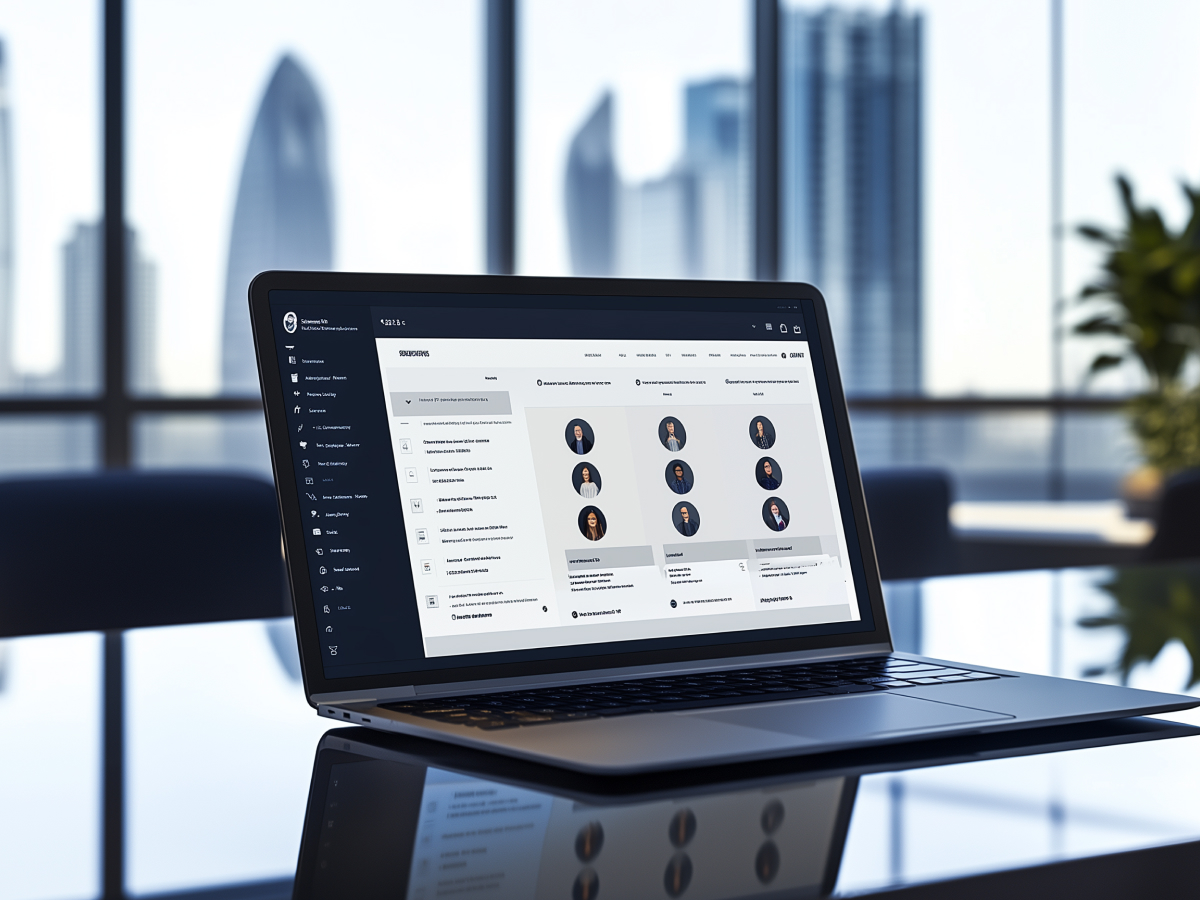Cognitive biases increase email engagement
People don’t spend much time thinking about emails. They process them fast, sometimes in less than nine seconds. That means if you want engagement, your message has to cut through the noise instantly. Cognitive biases help with that.
A cognitive bias is a mental shortcut, your brain’s way of making decisions faster. Everyone uses them, often without realizing it. In email marketing, these biases can be the difference between an email that gets ignored and one that sparks action.
For example, the curiosity bias plays on our need for answers. A subject line like “Guess What’s Driving 60% of Our Sales This Month?” makes people want to know more. Loss aversion, our instinct to avoid losing something valuable, makes a limited-time offer feel urgent. Social proof reassures people by showing that others have already made the same decision.
These are simple, powerful tools. But like any tool, they work best when used correctly. They should guide decision-making, not trick people into acting against their best interests.
Ethical application of cognitive biases is key
Trust is hard to earn and easy to lose. Customers today are sharp. They can spot manipulation a mile away. If they think you’re using tricks to push them into a decision, they’ll walk away and they won’t come back.
That’s why ethical use of cognitive biases is key. You’re not trying to mislead anyone. You’re simplifying choices, highlighting value, and making it easier for customers to act. A good rule of thumb: if your email creates real value, it’s ethical.
Take urgency. A message like “Only 3 seats left!” works because people hate missing out. But if there are actually 3,000 seats available, that’s deception, not persuasion. The same goes for discounts, if the original price was never really $299, don’t claim it was.
Another key principle: focus on relevance. The biases you use should align with your audience’s real needs. If a deal is truly time-sensitive, highlight that. If thousands of people use your product, showcase their success stories. When done right, cognitive biases can drive clicks and build trust.
Four common cognitive biases in email marketing
Some biases are more effective than others. These four are proven winners in email marketing:
Curiosity
People are wired to seek answers. A well-crafted subject line that sparks curiosity can significantly boost open rates. Example: “Guess What’s Fueling 60% of Our Sales?” The key is follow-through, if the email doesn’t deliver a clear, meaningful answer, it feels like clickbait.
Anchoring effect
The first number or piece of information someone sees influences how they perceive everything else. A price cut from $299 to $149 feels more compelling than simply stating a price of $149, even if $149 is the usual price. But honesty is key. If customers find out you inflated the original price, you lose credibility.
Loss aversion
People fear losing something more than they desire gaining something of equal value. That’s why “Only 3 spots left” drives more urgency than “Sign up now”. But again, it has to be real. If customers catch on that you always have “3 spots left,” they’ll ignore it next time.
Social proof
Humans look to others when making decisions. That’s why testimonials, user counts, and case studies are so effective. “Join 15,000 other marketers using this tool” reassures potential customers that they’re making a smart choice. The stronger the proof, like using real names, photos, and results, the better.
Additional cognitive biases for strategic engagement
If you want to push engagement further, consider these advanced biases:
Von Restorff effect (isolation effect)
People remember things that stand out. That’s why using a bold offer, “Take 25% off today”, in a contrasting color draws attention. Done right, it makes key messages pop without overwhelming the reader.
Zeigarnik effect
Unfinished tasks stick in our minds. A message like “You’re Almost There, Complete Your Profile to Unlock Exclusive Content!” taps into that. This is especially effective for cart abandonment emails, signup completions, and onboarding sequences.
IKEA effect
People value what they help create. If subscribers vote on the next feature or content topic, they’ll care more about the result. The trick is follow-up, show them their input mattered.
Baader-Meinhof phenomenon (frequency illusion)
Ever learn a new word and suddenly hear it everywhere? That’s the Baader-Meinhof effect, once people notice something, they see it more often. In email marketing, this means repeating a key benefit across multiple emails reinforces its importance.
Endowment effect
People overvalue what they already own. An email like “Your VIP Access Awaits, Don’t Miss Out on These Exclusive Benefits” makes existing subscribers feel special and more likely to stay engaged.
Integrating cognitive biases into a testing framework
You don’t get breakthrough results by guessing. You get them by testing. But here’s the mistake most marketers make: they test single elements in isolation instead of looking at how different biases work together.
Instead of basic A/B tests that only change one thing at a time, a better approach is strategic multi-bias testing. This means testing entire sets of cognitive biases against each other to see which combination drives the best engagement.
Here’s how to do it:
Step 1: Identify your key buyer segments
Start by understanding who your customers are and how they make decisions. If you sell to B2B executives, they might be more methodical. If your audience is made up of young consumers, they may respond better to social proof and urgency.
Step 2: Select biases that fit your audience
Not all biases work equally well for every group. Loss aversion is great for scarcity-driven products but might not work in a trust-based sale. Curiosity bias is powerful for subject lines but needs strong follow-through in the email content.
Step 3: Design a bias-based testing framework
Instead of just testing a subject line or a CTA, test how a set of biases affects the entire user journey. Example tests:
- Email A: Uses curiosity + social proof + Zeigarnik effect
- Email B: Uses loss aversion + authority + endowment effect
- Email C: Uses clarity + anchoring effect + Von Restorff effect
Then compare results across open rates, click-through rates, and conversions to see which combination performs best.
Step 4: Optimize and scale what works
Once you find the best-performing bias set, apply it to other campaigns. Over time, refine the approach by testing variations within those biases, adjusting tone, urgency, and messaging style to maximize engagement.
Why this works
Humans don’t make decisions based on a single trigger. They process multiple signals at once. When testing bias combinations instead of isolated elements, you align your email strategy with how people actually think. This creates higher engagement, better conversion rates, and stronger customer relationships.
Key takeaways
- Bias utilization: Use cognitive biases to craft concise, engaging email content that captures attention in under 9 seconds. Leaders should integrate biases like curiosity, loss aversion, and social proof to drive quick decisions.
- Ethical implementation: Employ cognitive biases transparently to maintain trust and authenticity. Make sure that urgency, pricing, and testimonials reflect genuine value without resorting to manipulation.
- Targeted segmentation: Tailor messaging for distinct buyer personas such as competitive, spontaneous, humanistic, and methodical. This personalized approach maximizes engagement by addressing specific decision-making styles.
- Testing and optimization: Adopt a strategic testing framework that evaluates combinations of cognitive biases rather than isolated elements. Continual refinement based on data-driven insights will boost open rates, click-throughs, and conversions.





